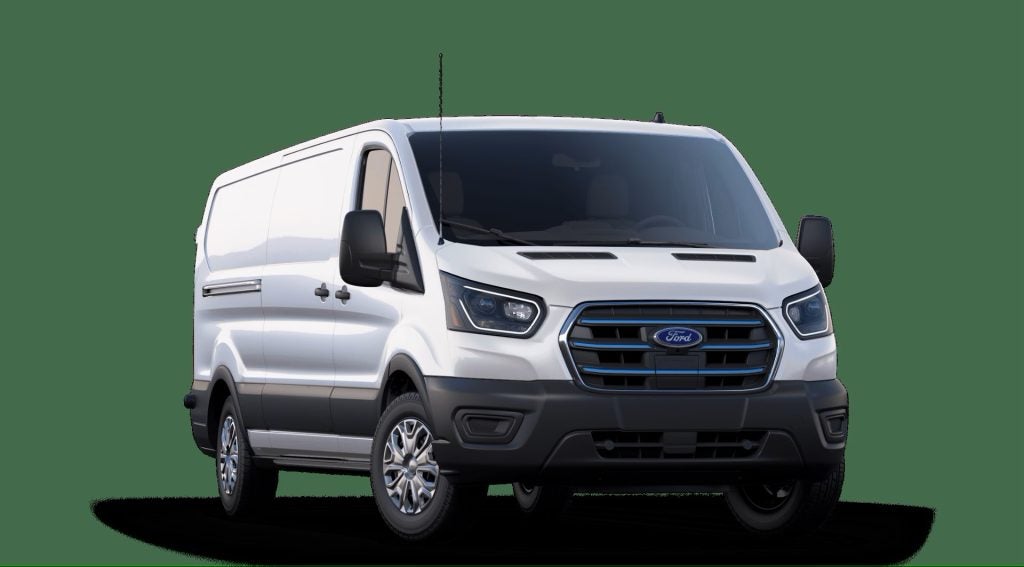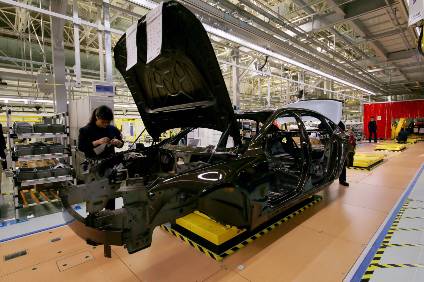The automotive industry continues to be a hotbed of patent innovation. Activity is driven by consumer demand for safety features, informed decision-making, and regulatory requirements, and growing importance of technologies such as sensors, Internet of Things (IoT) and artificial intelligence (AI). In the last three years alone, there have been over 720,000 patents filed and granted in the automotive industry, according to GlobalData’s report on Internet of Things in automotive: acoustic signaling devices. Buy the report here.
However, not all innovations are equal and nor do they follow a constant upward trend. Instead, their evolution takes the form of an S-shaped curve that reflects their typical lifecycle from early emergence to accelerating adoption, before finally stabilizing and reaching maturity.
Identifying where a particular innovation is on this journey, especially those that are in the emerging and accelerating stages, is essential for understanding their current level of adoption and the likely future trajectory and impact they will have.
300+ innovations will shape the automotive industry
According to GlobalData’s Technology Foresights, which plots the S-curve for the automotive industry using innovation intensity models built on over one million patents, there are 300+ innovation areas that will shape the future of the industry.
Within the emerging innovation stage, autonomous steering, LiDAR scanners and intelligent predictive maintenance are disruptive technologies that are in the early stages of application and should be tracked closely. Sensor-integrated mirrors, smart street lighting and automatic parking assist are some of the accelerating innovation areas, where adoption has been steadily increasing. Among maturing innovation areas are remote trip monitoring and smart speed governors, which are now well established in the industry.
Innovation S-curve for Internet of Things in the automotive industry

Acoustic signaling devices is a key innovation area in Internet of Things
Acoustic signaling devices are auditory systems that generate sound or audio signals to provide feedback or alerts to the driver of a vehicle or other road users. These devices can be used for a variety of purposes, including improving the driving experience by imitating the sound of a certain engine, providing safety features such as warning systems, and reducing noise pollution in urban areas.
GlobalData’s analysis also uncovers the companies at the forefront of each innovation area and assesses the potential reach and impact of their patenting activity across different applications and geographies. According to GlobalData, there are 50+ companies, spanning technology vendors, established automotive companies, and up-and-coming start-ups engaged in the development and application of acoustic signalling devices.
Key players in acoustic signalling devices – a disruptive innovation in the automotive industry
‘Application diversity’ measures the number of applications identified for each patent. It broadly splits companies into either ‘niche’ or ‘diversified’ innovators.
‘Geographic reach’ refers to the number of countries each patent is registered in. It reflects the breadth of geographic application intended, ranging from ‘global’ to ‘local’.
Patent volumes related to acoustic signaling devices
Source: GlobalData Patent Analytics
Hyundai Motor is one of the leading patent filers in acoustic signaling devices. The company announced recently that they would launch a new virtual engine sound system, Acoustic vehicle alert sound for electric vehicles, which will be used in the grail of the electric vehicle and as a speaker. Kia, Denso, and Porsche Automobil are some other key patent filers in acoustic signaling devices.
In terms of application diversity, Casale leads the pack, while BorgWarner and Marelli stood in the second and third positions, respectively. By means of geographic reach, Casale held the top position, followed by Gogoro and ASK Industries.
To further understand the key themes and technologies disrupting the automotive industry, access GlobalData’s latest thematic research report on Internet of Things (IoT) in Automotive.
Data Insights
From

The gold standard of business intelligence.
Blending expert knowledge with cutting-edge technology, GlobalData’s unrivalled proprietary data will enable you to decode what’s happening in your market. You can make better informed decisions and gain a future-proof advantage over your competitors.







